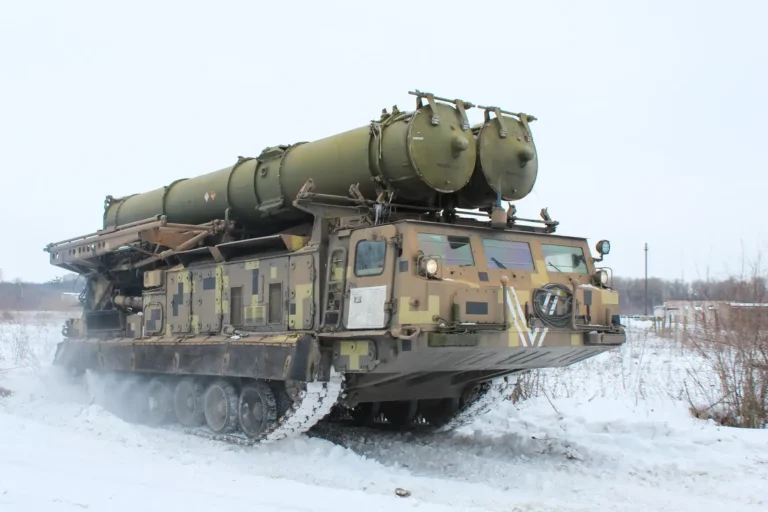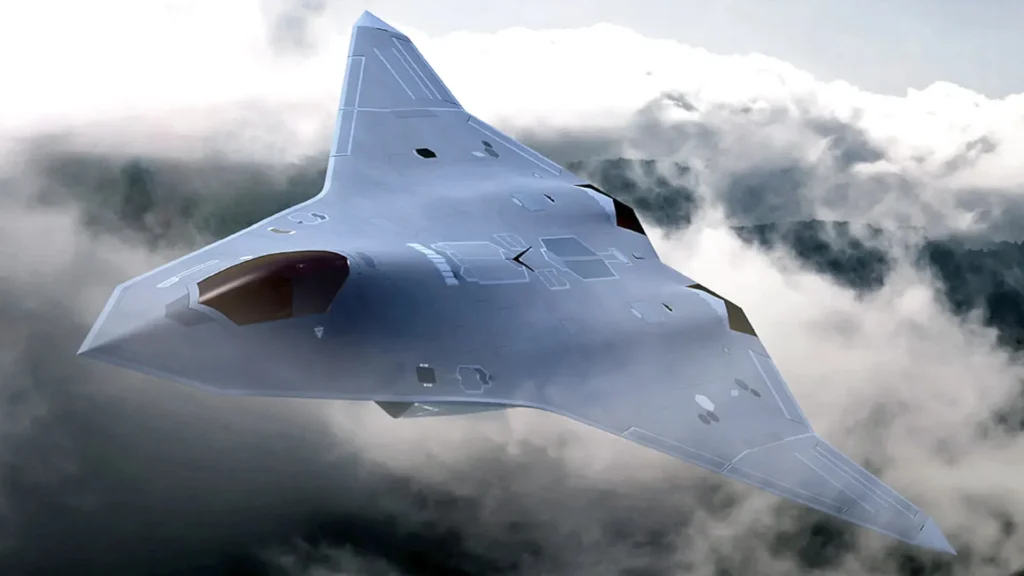Follow Us:

Share
The United States Air Force is actively reevaluating its approach to air dominance, exploring alternatives to the costly development of a new crewed 6th generation stealth combat jet under the USAF Rethinks Next-Gen Fighter program, known as the Next Generation Air Dominance (NGAD) program.

As the service balances cutting-edge technology with fiscal responsibility, several options are under consideration. These include a more cost-effective aircraft designed to manage Collaborative Combat Aircraft (CCA) drones, enhanced long-range strike capabilities, and potential reliance on existing platforms like the F-35 fighter jet and B-21 Raider.
The original NGAD concept envisioned a highly advanced stealth fighter as a replacement for the F-22 Raptor. However, rising costs—with estimates suggesting over $20 billion needed to complete the development—and competing priorities have prompted the Air Force to reconsider its strategy. The program’s deep review, initiated last year, is nearing completion, and its findings will inform the final decision.
Frank Kendall, Secretary of the Air Force, recently provided insight into the ongoing deliberations during a talk at the Center for Strategic and International Studies (CSIS).
Kendall emphasized the importance of this milestone, stating, “We’re now at the point where we commit to going forward, to finish design, and go into production of that, or not.”

The financial implications of the NGAD program are a critical factor. The Air Force’s budget requests for the NGAD initiative totaled over $1.9 billion in Fiscal Year 2024 and nearly $2.75 billion in Fiscal Year 2025. This includes funding for risk reduction and other development efforts.
However, the program’s total cost could rival or exceed the $70 billion spent on the F-22, with individual NGAD jets potentially priced at $300 million each—three times the cost of an F-35.

Compounding the issue are rising costs for other priorities, such as the B-21 Raider and the Sentinel intercontinental ballistic missile. Kendall has expressed concerns about the Air Force’s ability to fund all these programs simultaneously, emphasizing the need for a balanced approach.
Read also: Why 6th Generation Fighter Jets Will Dominate Everything?
The choice of an NGAD alternative will shape the future of U.S. airpower. Increased reliance on long-range strike systems, for example, could redefine air dominance by focusing on standoff capabilities and distributed networks of drones and sensors.
Meanwhile, a CCA-optimized aircraft would advance the Air Force’s vision of human-machine teaming, leveraging AI and automation to enhance combat effectiveness.
Broader operational concepts, such as new tactics, techniques, and procedures (TTPs) for employing CCAs, will also influence the final decision.
Additionally, the development of stealthy aerial refueling tankers could extend the reach and endurance of both crewed and uncrewed aircraft, further enhancing the Air Force’s strategic flexibility.
The final decision on the NGAD program will rest with the incoming administration. As Kendall noted, “I have no idea right now whether the Trump administration that is coming in is going to increase defense budgets or decrease them.”
Regardless of budgetary changes, the Air Force’s leadership remains committed to ensuring that the chosen path aligns with long-term national security goals.
In the meantime, the NGAD program represents a pivotal moment for the Air Force. Whether through a next-generation stealth fighter, expanded long-range strike capabilities, or a mix of innovative alternatives, the service is poised to redefine what air dominance looks like in the 21st century.
Share
Defense Feeds is publication focusing on informing, engaging, and empowering the world by providing accurate information from defense technology.
Powered by Defense Feeds © 2025 – All rights reserved.
One comment
The US has for decades been taken for a ride with these high costs as they are nothing but corrupt in the MIC . We have seen their assets being ridiculed in the Ukraine war. They are lacking in every aspect .